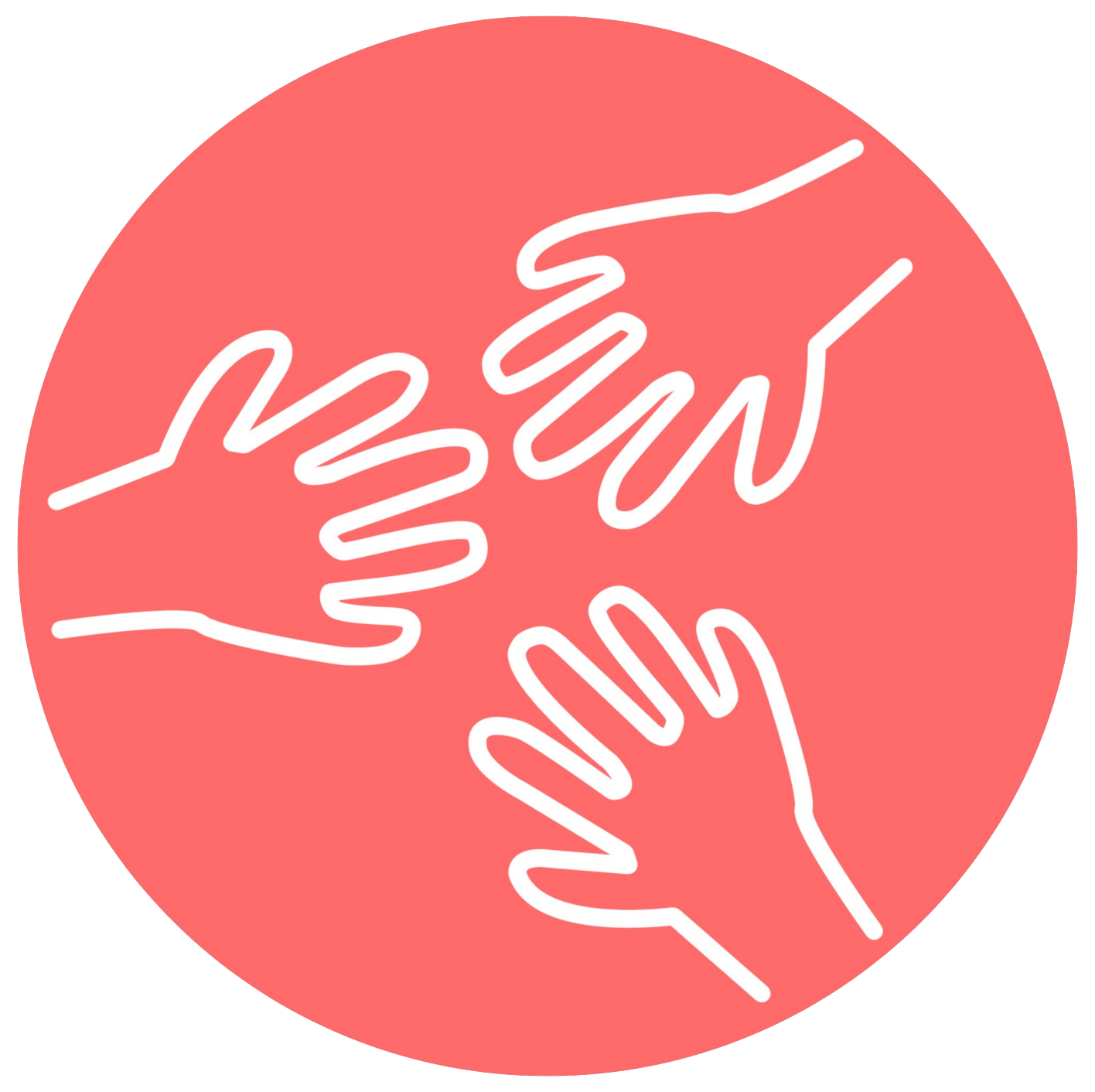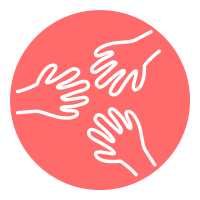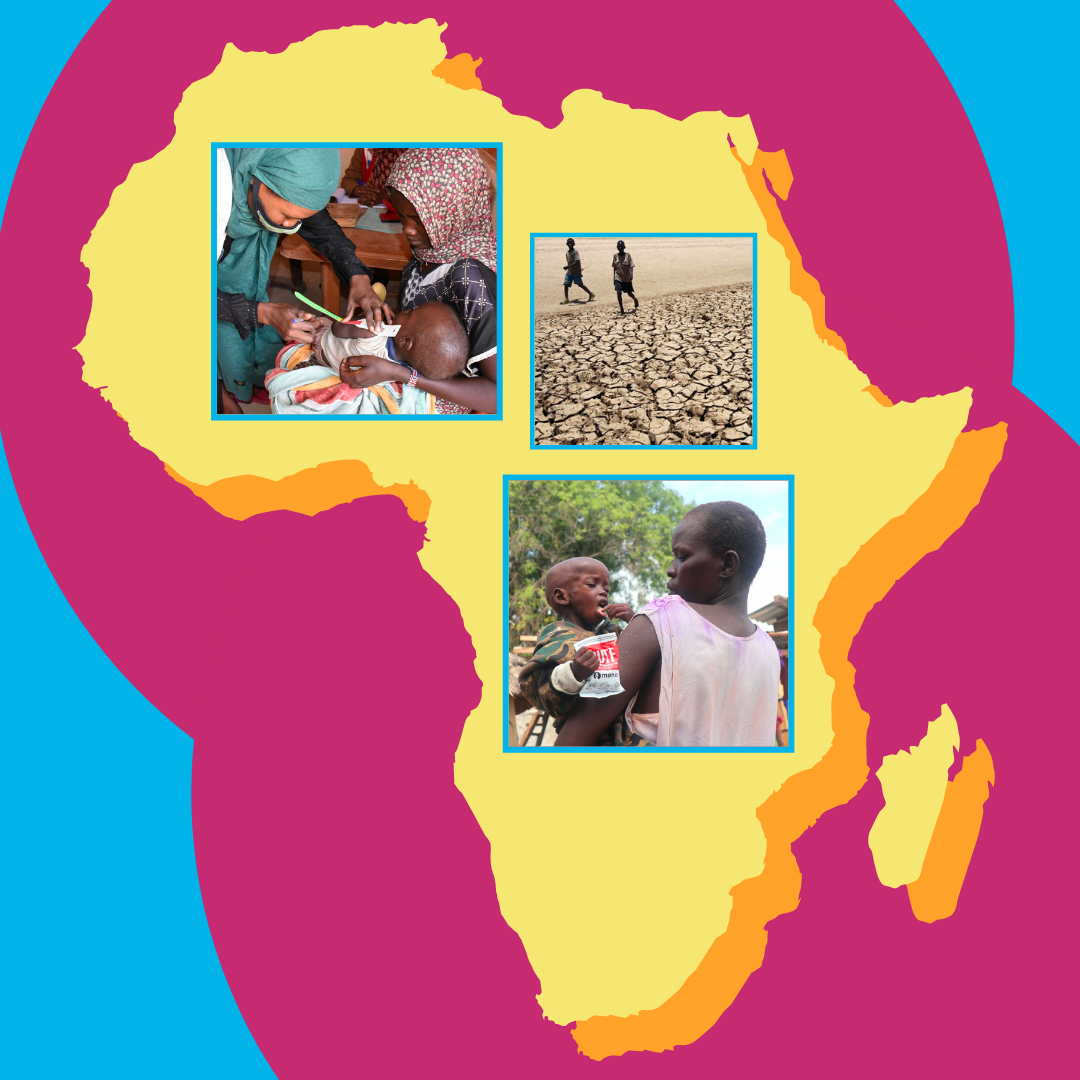Drought and Famine in Africa
Writer: Thea Gatdula
Editor: Eleonora Burei
Graphic Designer: Wanyinee Ratanavaraha (Prim)
Stats
Drought is the absence of rain for an extended period of time, while famine is described as an excessive shortage of food. Thus, being said, drought and famines are very prominent in Africa. Hunger is increasing at an alarming rate.
Across Africa, 250 million people suffer from hunger, which represents nearly 20% of the continent’s population.
Seven million people in East Africa are at risk of starvation and another 33.8 million are facing acute food insecurity - conditions that are deteriorating across the region and a staggering 12.8 million children in this region are acutely malnourished.
Every month, each family contributes a diary tracking household news and gathering data on their shopping basket of basic commodities. The project provides an opportunity to get a glimpse of real market prices and what it means to navigate rising living costs in a changing climate.
Starvation Disaster in Africa
Various natural disasters have rendered many African farmers and herders incapable of maintaining their livelihoods. Cyclones, floods, and swarms of desert locusts have also led to increased humanitarian needs in Eastern and Southern Africa. Food and nutrition in sub-Saharan Africa have gotten worse over the past four years due to conflict, hunger, poverty, and displacement, creating a climate that is ripe for violence and exploitation to take place. Hence, help is necessary to keep hunger and food crises from worsening. Children, especially those younger than 5, are the most vulnerable because they need critical nutrients to build strength and immunity against disease. From 1968 onward, Africa has been experiencing a chronic hunger crisis. The catastrophe has only gotten worse every year since then, and is still not over.
Why are people in Africa encountering chronic hunger?
Periodic droughts, conflicts and instability have caused severe food insecurity. Many countries have been fighting extreme poverty for decades, but state and local support systems have not been able to help families in need. The health and economic impact of the pandemic has also plunged millions into poverty and despair. The secondary impact of COVID-19 on African children and their communities continues. This means reduced income opportunities, loss of livelihoods, reduced purchasing power, and limited access to food and basic services, all of which will continue in the following years. In 2020, torrential rains and floods in the last two months caused destruction in all 18 states of Sudan, and more than 875,000 people were devastated, more than half of which were children. Children face greater risks of food insecurity and get sick easily. At that time, about 9.6 million people were food insecure and dependent on food aid. In this case, poor families cannot afford enough food to keep their children healthy, and eventually need urgent help from government agencies or aid groups when the money and food are used up.
Ways to contribute surmounting the deep-rooted causes of hunger in Africa:
1. Pray for the families especially children who are affected by famine and hunger crisis in Africa.
2. Sponsor a child. By sponsoring a child you will not just help them from hunger crisis but by also aiding them in achieving their dreams.
3. Food assistance/Food donations (e.g. emergency feeding and cash).
4. Give free treatments to children suffering from malnutrition.
5. Sanitizing water to prevent water-related diseases as well as providing water irrigation.
6. Make a donation.
7. Be a volunteer.
8. Speak out - Be the voice of the African people.
Organizations that help African countries in poverty:
1. United Nations World Food Programme
2. UNICEF
3. Mercy Corps
4. Action Against Hunger
5. CARE
6. Bread for the World
7. Bridging the Gap Foundation
8. Catholic Relief Services
9. Concern Worldwide US
10. Global Giving
11. Kickstart-International
12. Opportunity International
13. Save the Children
14. World Emergency Relief
15. Universal Giving
16. Global Treatment Access Campaign
Sources:
World Vision: Africa hunger, famine: Facts, FAQs, and how to help
The New Humanitarian: Diary of a drought
Borgen Project: 10 ways to stop world hunger
Network For Good: End Poverty in Africa


